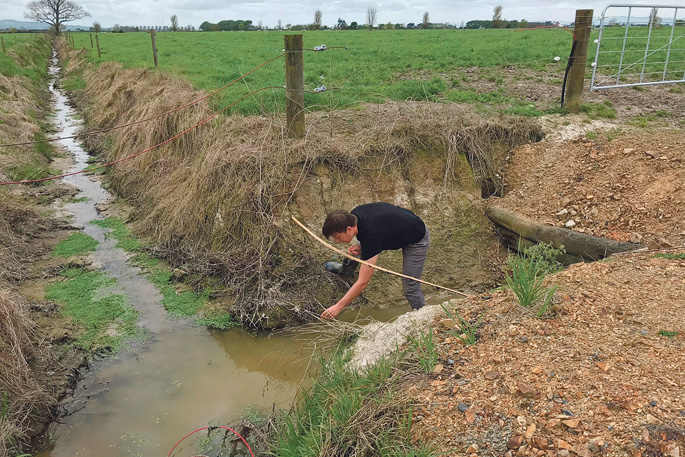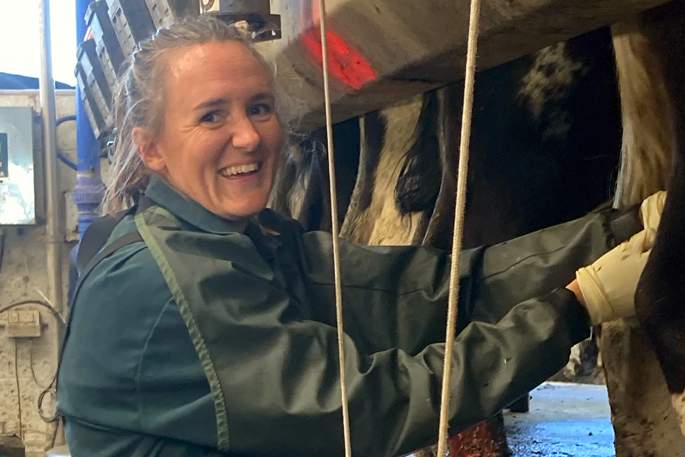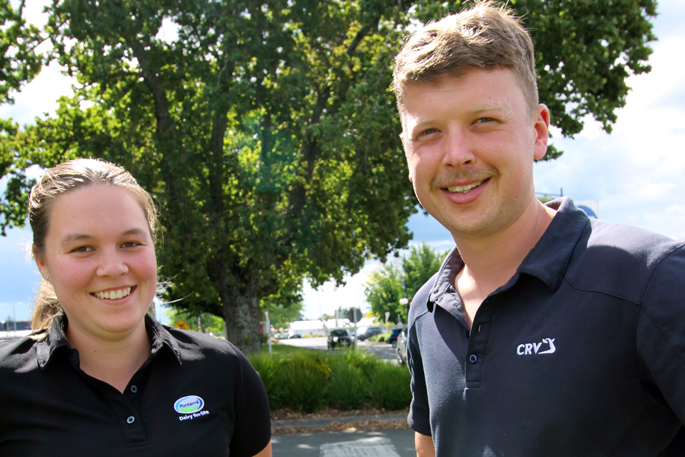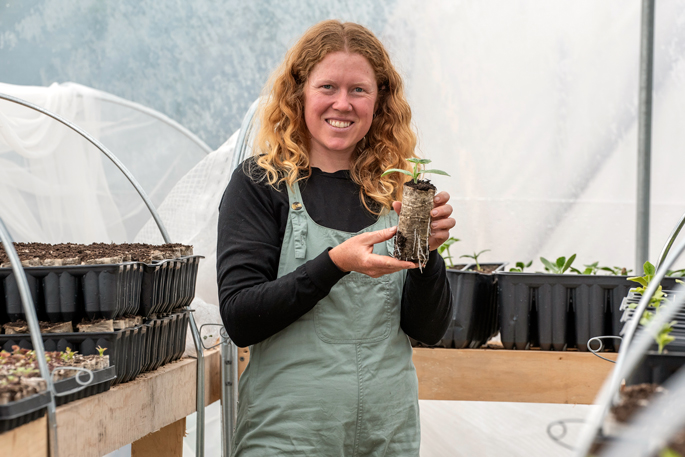For the last two years, MPI Scholarship recipient and Waikato University PhD student Thomas Corbett has been researching the use of Diffusive Gradient Thin-films – also known as DGTs – to measure nitrate concentration in waterways.
His work has culminated in his published research titled ‘Utility of Diffusive Gradients in Thin-Films for the measurement of nitrate removal performance of denitrifying bioreactors’.
“The first two years’ research has firmly established that DGTs can provide an accurate reflection of how much nitrate is being leached into the waterways on a farm,” says Thomas.
“They provide an affordable and reliable option for use in nitrogen mitigation strategies.”
Usual nitrate testing in waterways is carried out by taking a water sample and sending it off for analysis.
“Taking just one sample only shows the nitrate concentration on that day, at that time,” says Thomas.
“A rain event, or an application of fertiliser, would affect the reading, which may then be quite different days or even hours later.”
Thomas says that by researching further to get these devices to a standard for commercial production, it offers farmers a cost-effective nitrate measurement solution for nutrient management and in depth studies of their particular farms.
“Multiple DGTs can be put along farm waterways, or the edges of races, offering specific readings from specific parts of the property.”
They can be used for up to four weeks, providing an average reading over the deployment time.
The core principle of the DGT is the inner binding layer strongly and rapidly binds the nitrate so it can’t diffuse back into the waterway.
“Readings could be taken over a few days, and the DGT changed before a rain event or application of fertiliser.
“This gives the farmers a clearer picture of what is really happening on their farm, as different events and land uses affect the leaching of nutrients such as nitrate.”
As discussions for commercial use are being explored, Thomas will be continuing his work on stage 2 of the research until its completion in April 2021.
“We need to make a DGT which provides a colour change depending on nitrate concentration, so that the sample can be analysed by the farmer rather than being sent off to a lab.
“We are close to achieving that now, and then we just want them out there and in use.”
In order to align with national policy on improving the quality and maintain healthy water systems, Thomas knows there is a need for monitoring on a large scale.
After he finishes his research in New Zealand, Thomas is hoping to get some international experience and apply for a post-doctoral research position in the United Kingdom.







0 Comments
Leave a Comment